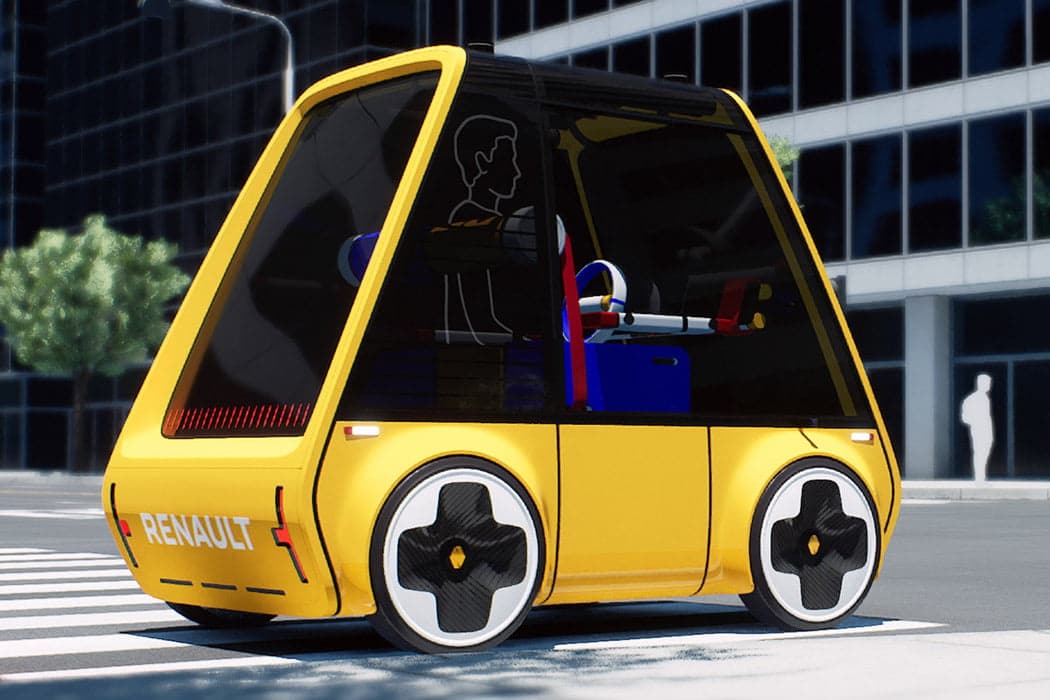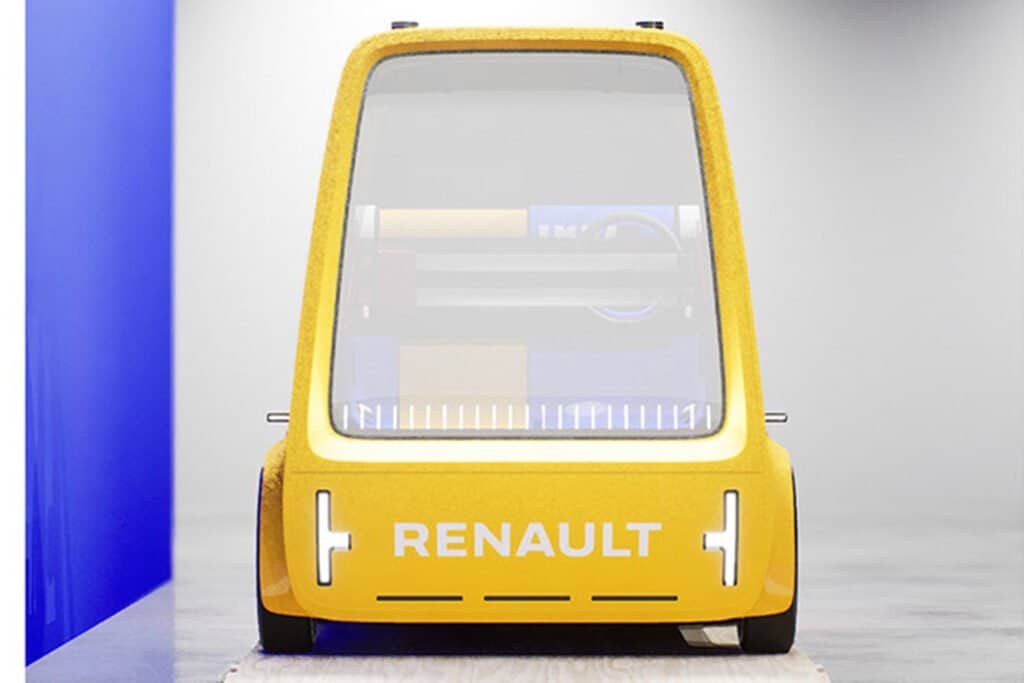Advanced mobility and complex design dominate. The need for a sustainable future will make an increasingly radical approach to moving from one destination to another crucial. This concept, the work of a design student, seems extremely fitting to me.
It's called Höga and was designed by ryan schlotthauer. It is a vehicle that adapts IKEA's winning philosophy of manufacturing, packaging and practical use to offer users a comfortable and highly functional ride. Crossed values with advanced mobility solutions, such as the Renault platform, to create the ideal car of the sustainable future.
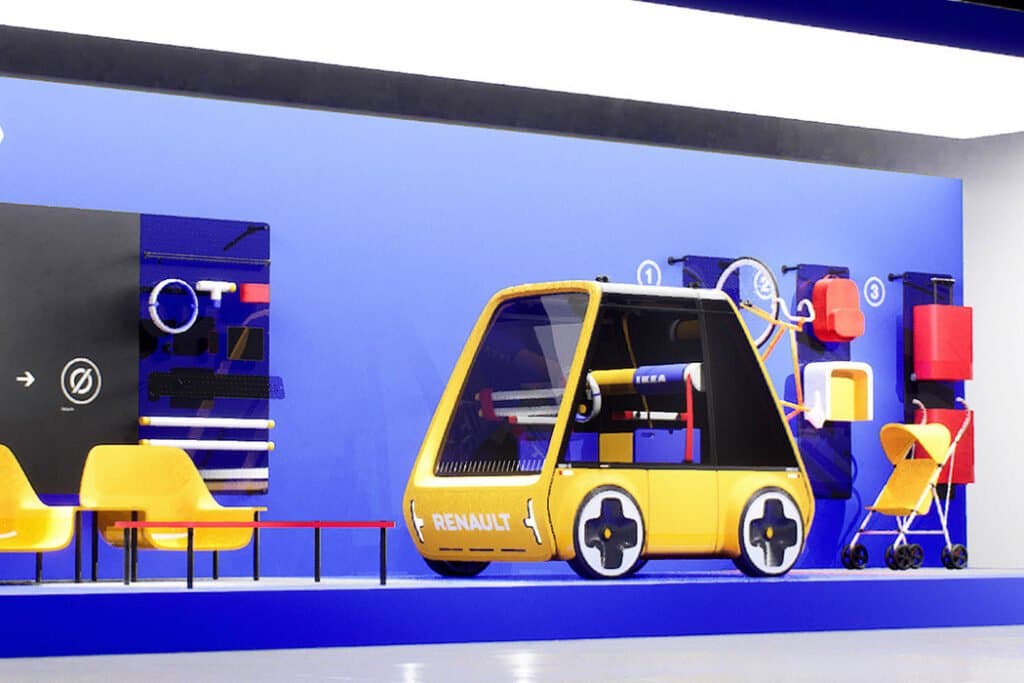
A car that doesn't stop running, even afterwards
Höga's bodywork is designed to be recycled into other end-of-life products to minimize waste. The design inspiration comes from the classic Bauhaus principle of clean and purposeful design.
Although the vehicle has a tiny and minimal appearance, its efficient design makes optimal use of every centimeter: it could not be otherwise in a future that is called sustainable. The car is shipped directly in reusable crates to reduce shipping costs. Just like IKEA furniture, Höga can be assembled by one person in a few hours thanks to its simple, perfectly symmetrical frame elements (a solution also adopted today by cars like Citroen Friend).
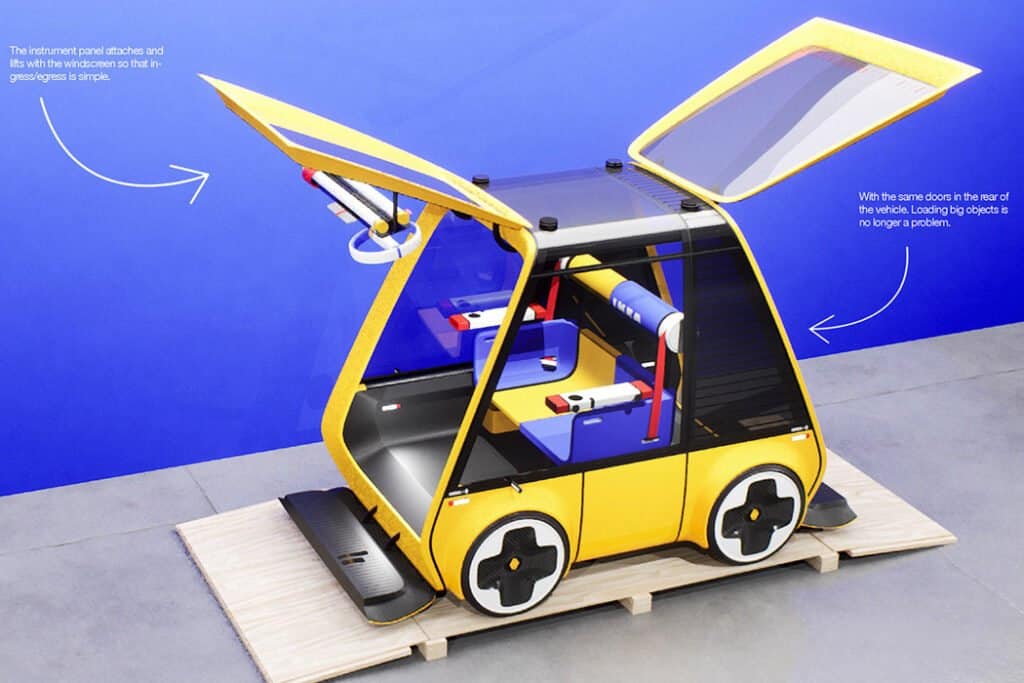
There are 374 total parts and 114 individual parts (sounds like a lot, but that's a tiny number!) That can be put together piece by piece. The vehicle's “skateboard” platform houses the four wheels, which can move in independent directions for maneuvering in confined spaces.
Sustainable future, standard but "tailor-made" cars
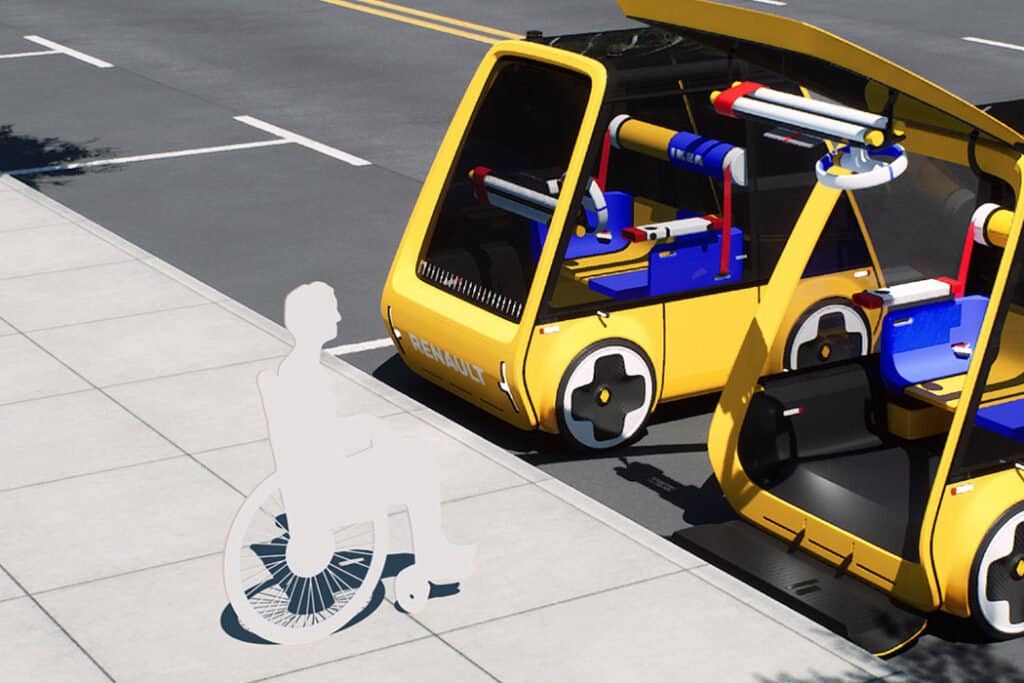
Pending a fully standardized platform, Höga has highly customizable interior volumes to fit extra luggage. Even a small bike or stroller can comfortably fit into the passenger compartment. Passengers will be able to enter from the front (in style microline) when the windshield opens completely. The back also opens to load larger luggage. Optimal use of space is essential in a sustainable future: Schlotthauer he conceived a small masterpiece, in my opinion.
In summary, the car of a sustainable future represents the convergence of many needs. Reduction of waste, recycling of materials, small but comfortable volumes, ease of use, process optimization and modularity.
